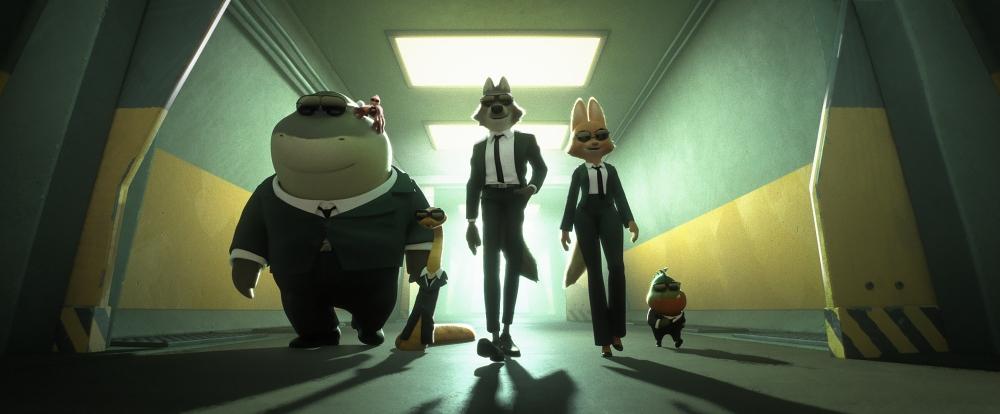Igor Fedulov is CEO of Intersog.
In the ever-evolving whirlwind of the current business landscape, innovation stands as the lifeblood of progress. Yet, many companies find themselves trapped in the roadblock of innovation fatigue, a scenario where the relentless pursuit of the next big thing leads to exhaustion.
Innovation fatigue can cause the creative well to run dry. However, recognizing the underlying causes of this creative burnout and deploying effective strategies to rejuvenate the innovative spirit are vital for maintaining success and staying competitive.
Understanding Innovation Fatigue
Innovation fatigue arises when employees experience mental exhaustion and resistance due to continuous pressure for new ideas and adaptations. This fatigue often results from overwhelming workloads and a lack of clear innovation strategies, leading to decreased motivation and engagement.
Employees often fall into two camps:
1. The naysayers: People resistant to change, often skeptical of new technologies like AI.
2. The risk-takers: Those who embrace change and are eager to integrate AI and other innovations into their workflows.
Both types of employees can succeed in the workplace and prevent innovation fatigue, as long as they find balance between the two extremes.
Companies exist to organize and drive efficiency. The more innovative they are, the greater their output and potential for success. But when the balance tips towards one extreme or the other, innovation fatigue sets in.
Leaders must remain vigilant for indicators that their teams are stuck in an innovation rut. One clear sign is a noticeable lack of change: when no one voices opinions about improving processes or exploring new ideas, they might be feeling overwhelmed and burned out.
Strategies to Reignite Creativity
To combat innovation fatigue, organizations can implement several strategies to reignite creativity:
1. Dedicated self-improvement time: Allocate specific periods for employees to focus on personal growth and brainstorming. For instance, setting aside Friday afternoons for self-improvement activities, followed by team discussions on Monday, can provide employees the freedom to think creatively and share insights.
2. Brown bag sessions: Encourage informal gatherings where team members bring their lunch and listen to a colleague present an idea or project. This fosters collaboration and can create a snowball effect, sparking further innovation and productivity.
3. Collaborative tools: Utilize platforms like Tableau to promote teamwork. When one person initiates a project, others can contribute, enhancing the collective creative process.
Encouraging Long-Term Innovation While Preventing Burnout
Sustaining innovation over the long term while preventing employee burnout is a delicate balance. One effective method is inspired by a Japanese approach: rotating employees through different roles or projects every 90 days.
This strategy exposes team members to various aspects of the company, keeping their work experience fresh and engaging. While it certainly won’t suit every organization, adapting this concept in some way can lead to a more dynamic and resilient workforce.
Avoiding Common Mistakes In Scaling Innovation
As companies strive to scale innovation, staying on top of current and evolving trends is important. The rapid evolution of AI highlights the need for continuous learning and adaptability. Fearing change and hesitating to make necessary adjustments is a common mistake.
Rapid innovation always involves a degree of failure. Viewing setbacks as learning opportunities helps us improve and grow. By fostering a culture that embraces calculated risks and learns from failures, companies can navigate the complexities of scaling innovation much more effectively.
Innovation fatigue poses a substantial challenge for many companies, leading to stagnation and missed opportunities. By understanding its causes, recognizing the signs and implementing targeted strategies, companies can rejuvenate their creative energies.
Encouraging open communication, dedicating time for self-improvement, embracing collaborative tools and fostering a culture that views failure as a stepping stone to success are pivotal steps in helping to prevent innovation fatigue.
Forbes Technology Council is an invitation-only community for world-class CIOs, CTOs and technology executives. Do I qualify?








